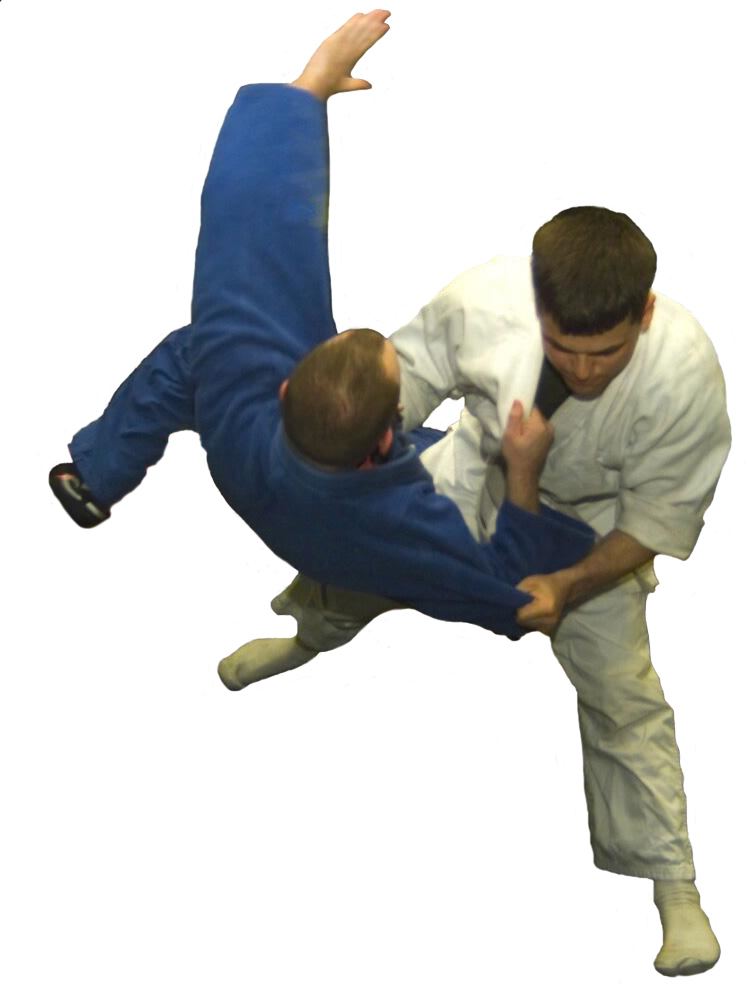Kanji 現代武道 Revised Hepburn gendai budō | Hiragana げんだいぶどう | |
 | ||
Gendai budō (現代武道), literal meaning "modern budo", or Shinbudō (新武道), literally meaning "new budo" are both terms referring to modern Japanese martial arts, which were established after the Meiji Restoration (1866–1869). Koryū are the opposite of these terms referring to ancient martial arts established before the Meiji Restoration.
Contents
Scope and tradition
Any martial art created after the Meiji Restoration of 1868 is Gendai Budo. Koryu Budo are schools of budo that predate 1868. Some examples of Gendai budō are aikido, judo, karate and shorinji kempo. The Japanese art of sumo is often defined as a gendai budō. This definition is incorrect as sumo is an ancient art that has attained popularity and media coverage in the modern era.
Gendai budō have origins in koryū, the traditional Japanese martial arts. For example, Kano Jigoro (嘉納 治五郎 Kanō Jigorō, 1860–1938) founded judo in part as an attempt to systematize the myriad traditions of jujutsu which existed at the time. Kendo similarly derives from the many schools of kenjutsu that evolved over the centuries.
Organization of ranking system
Koryu make no use of the popular kyu-dan ranking system. The gendai budo (modern budo forms), however, use the kyu-dan ranking system.
These rankings replaced the various certificates awarded within koryū. Gendai budō also generally do not contain the same strong entrance oaths and rituals as koryū, such as the keppan ("blood oath"). Whereas in most gendai budō dojo all are welcome provided they follow basic rules of conduct, koryū instructors often strictly scrutinize candidates. The primary purpose of gendai budō is for spiritual and mental development while application of techniques is the secondary purpose
